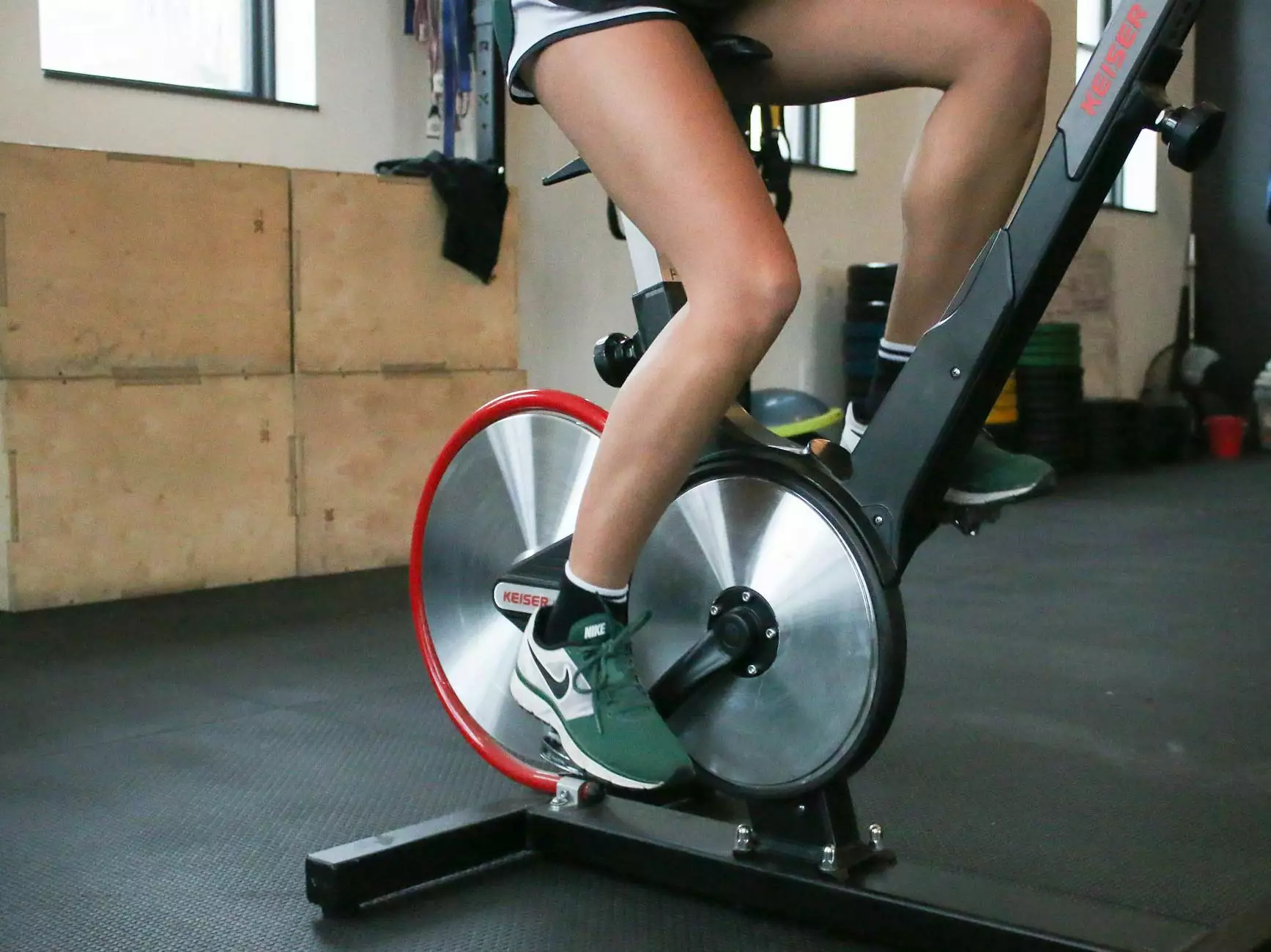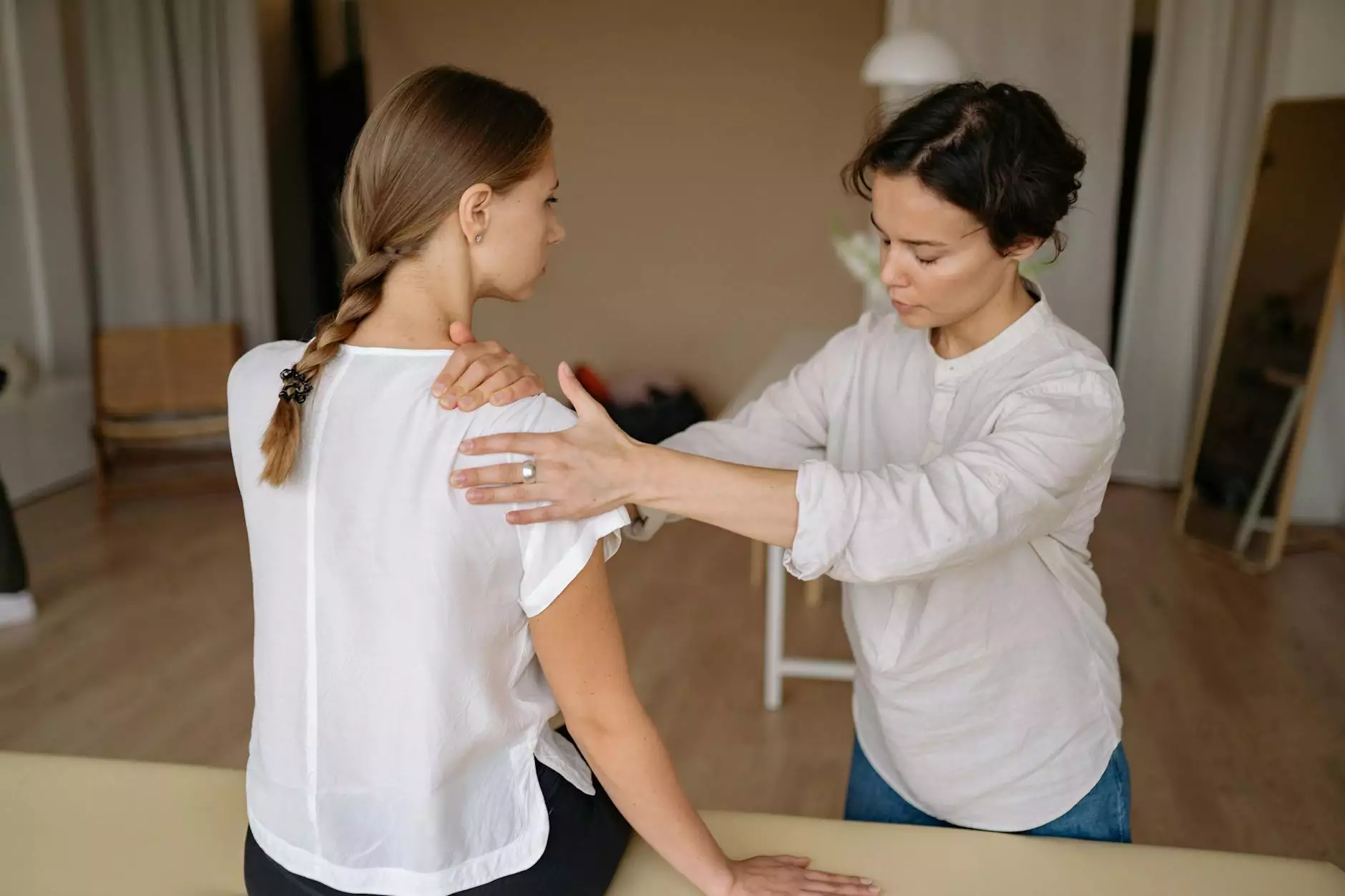The Benefits of External Rotation of Shoulder

Introduction
When it comes to maintaining optimal shoulder health, external rotation exercises are highly recommended by health experts, chiropractors, and physical therapists. This specific movement targets the muscles responsible for shoulder stability and flexibility, ultimately promoting better overall shoulder function.
Understanding External Rotation of Shoulder
External rotation of the shoulder involves rotating the upper arm away from the center of the body, primarily targeting the muscles of the rotator cuff. This exercise is often recommended for individuals recovering from shoulder injuries, athletes looking to enhance shoulder performance, and anyone aiming to improve shoulder strength and flexibility.
The Importance of Shoulder Health
Having strong and flexible shoulders is crucial for performing daily activities and participating in sports or physical activities. However, without proper care, the shoulders can become prone to injuries, such as rotator cuff tears, impingement, and instability. By incorporating regular external rotation exercises into your fitness routine, you can significantly reduce the risk of shoulder injuries and enhance your overall shoulder health.
Benefits of External Rotation of Shoulder
1. Strengthening the Rotator Cuff Muscles
The rotator cuff muscles play a vital role in stabilizing and controlling the movements of the shoulder joint. By performing external rotation exercises, you can specifically target and strengthen these muscles, preventing shoulder instability and improving overall joint stability.
2. Enhancing Shoulder Flexibility
External rotation exercises also help improve shoulder flexibility. This movement stretches the muscles and tendons surrounding the shoulder joint, allowing for a wider range of motion. Increased flexibility reduces the risk of overuse injuries and improves athletic performance in various sports.
3. Alleviating Shoulder Pain and Discomfort
If you're experiencing shoulder pain or discomfort, external rotation exercises can be beneficial. By strengthening the rotator cuff muscles and improving shoulder stability, these exercises can help alleviate pain caused by muscle imbalances, overuse, or injuries.
4. Rehabilitation and Injury Prevention
Individuals recovering from shoulder injuries can greatly benefit from incorporating external rotation exercises into their rehabilitation program. These exercises help rebuild and strengthen the injured muscles, promoting proper healing and reducing the likelihood of future injuries.
5. Improving Posture
Regularly performing external rotation exercises assists in improving posture by strengthening the muscles that support proper shoulder alignment. Proper posture not only helps prevent shoulder injuries but also enhances overall body alignment and reduces the risk of other musculoskeletal issues.
How to Perform External Rotation of Shoulder Exercises
Before starting any new exercise program, it is important to consult with a qualified healthcare professional or physical therapist. They can assess your individual needs and provide guidance specific to your circumstances.
Here is a step-by-step guide on how to perform external rotation exercises using resistance bands:
Step 1: Preparation
Start by attaching a resistance band to a stationary object at waist height. Stand sideways to the band, holding it with your far hand (opposite to the shoulder you want to target).
Step 2: Starting Position
Bend your elbow at a 90-degree angle, resting it against your side. Your forearm should be parallel to the floor, and your hand should be in front of your stomach.
Step 3: Movement
While keeping your elbow tucked into your side, rotate your forearm away from your body, against the resistance of the band. Your upper arm should remain stationary throughout the movement.
Step 4: Return to Starting Position
Slowly bring your forearm back to the starting position, ensuring controlled movement and resistance throughout.
Repeat this exercise for the recommended number of repetitions and sets, as advised by your healthcare professional or physical therapist.
Conclusion
Incorporating external rotation exercises into your regular fitness routine is essential for maintaining healthy, stable, and flexible shoulders. Whether you are an athlete or someone seeking to improve your overall shoulder health, the benefits are undeniable. By incorporating this exercise, you can strengthen your rotator cuff muscles, enhance shoulder flexibility, alleviate pain and discomfort, and reduce the risk of future shoulder injuries. Remember to seek professional guidance before starting any new exercise program, and enjoy the benefits that external rotation of the shoulder can bring to your life.









